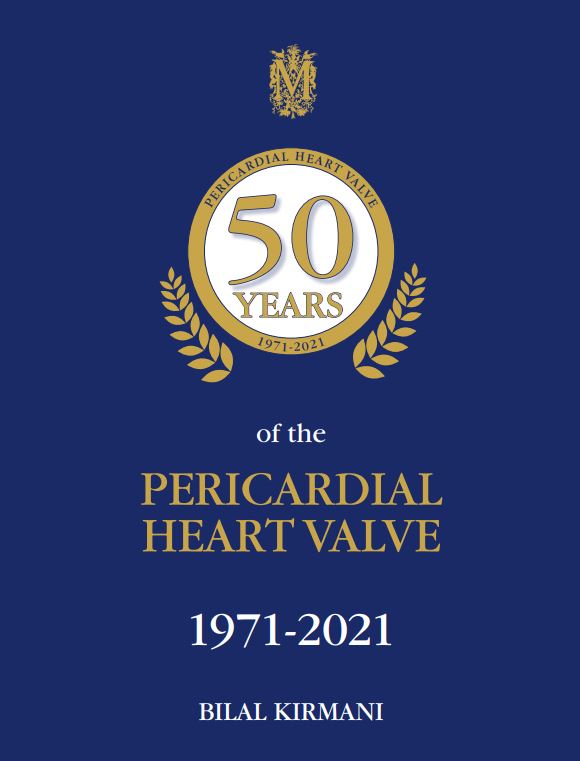
50 Years of the Pericardial Heart Valve -Click to view PDF Version
It is thought humans began to exhibit behavioural modernity around 100,000 years ago, and it is only in the last 100 years that truly effective health care has been discovered, developed and adopted around much of world’s population. A tiny fraction of our ‘modern’ existence.
In step with medicine, surgery proliferated in the 20th century enabled by the combined application of general anaesthesia and antisepsis. During much of this time it was considered impossible to operate on the heart due to its essential function supplying oxygenated blood to the body. How could a human ‘interfere’ with this vital organ, correct abnormalities and have a healthy patient at the end of the procedure?
Mankind’s innovation accelerated in the second half of that century, exemplified by the development of reliable interventions on the heart, each one a story in itself: the ability to treat cyanosed babies and children; the development of the pacemaker; the defibrillator; cardiopulmonary bypass; valve replacements; coronary bypass surgery; heart transplantation; percutaneous coronary artery stents; percutaneous treatments for dysrhythmias and percutaneous valve insertion.